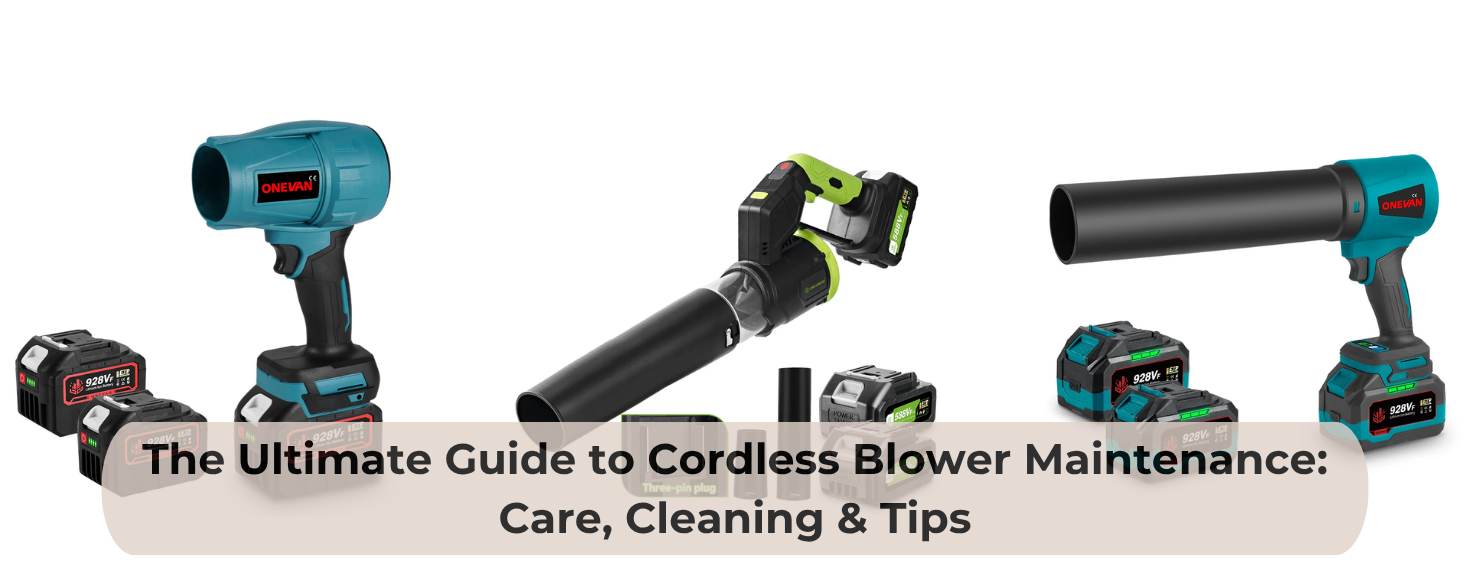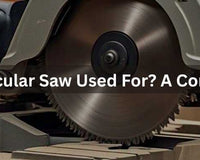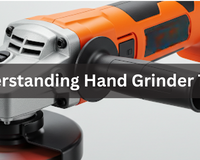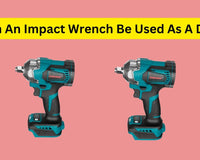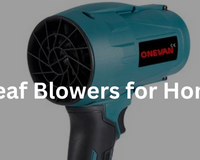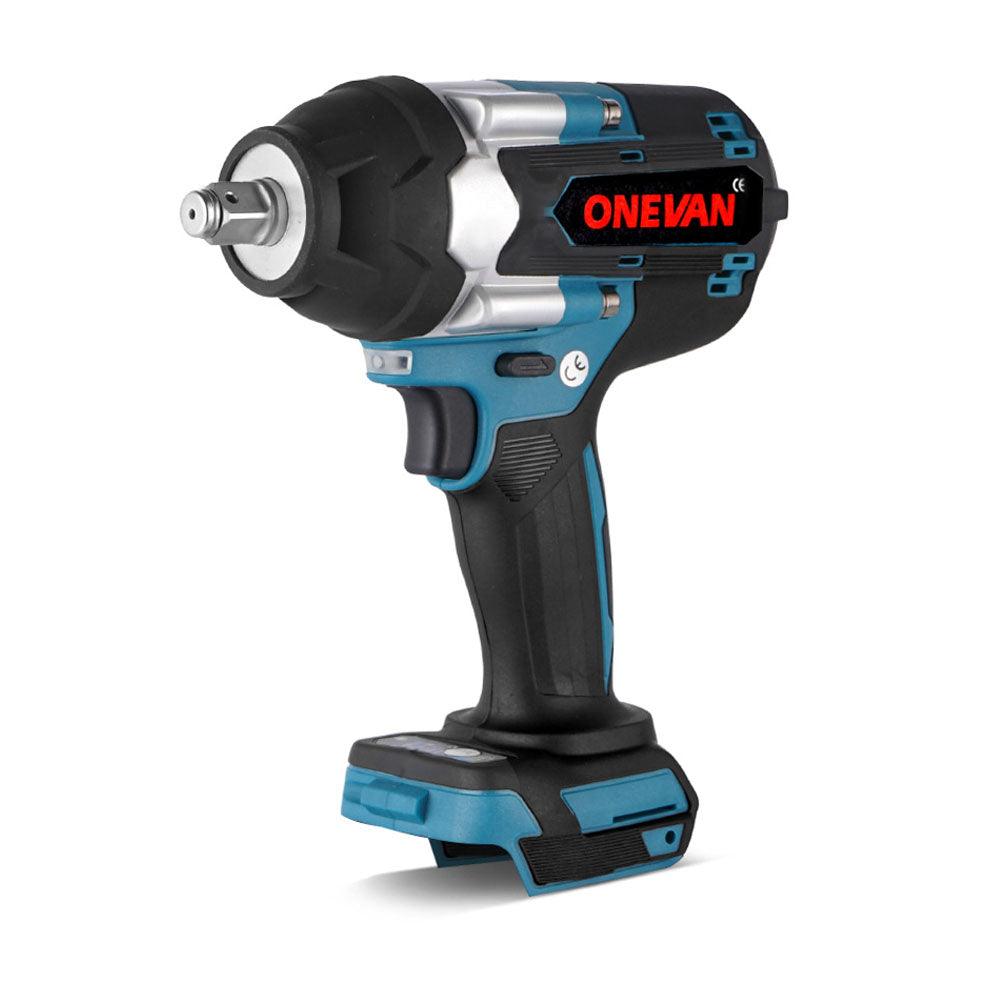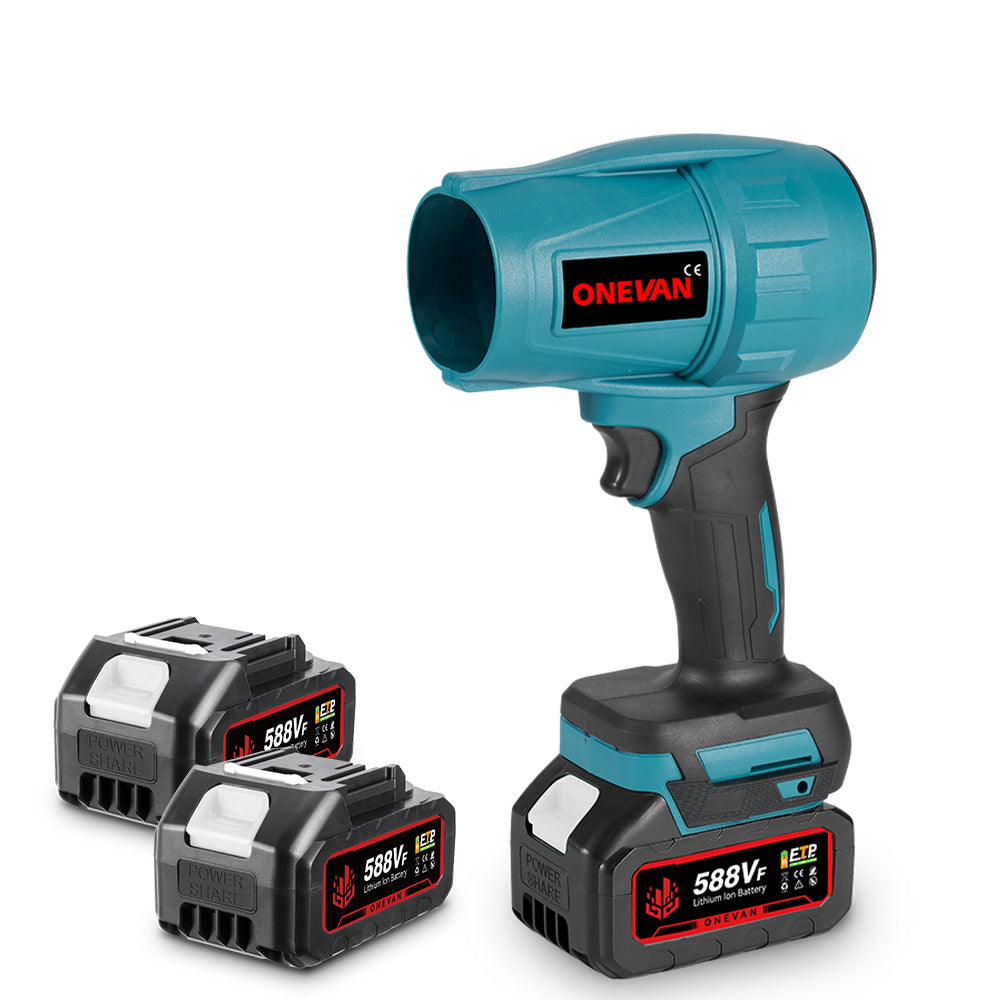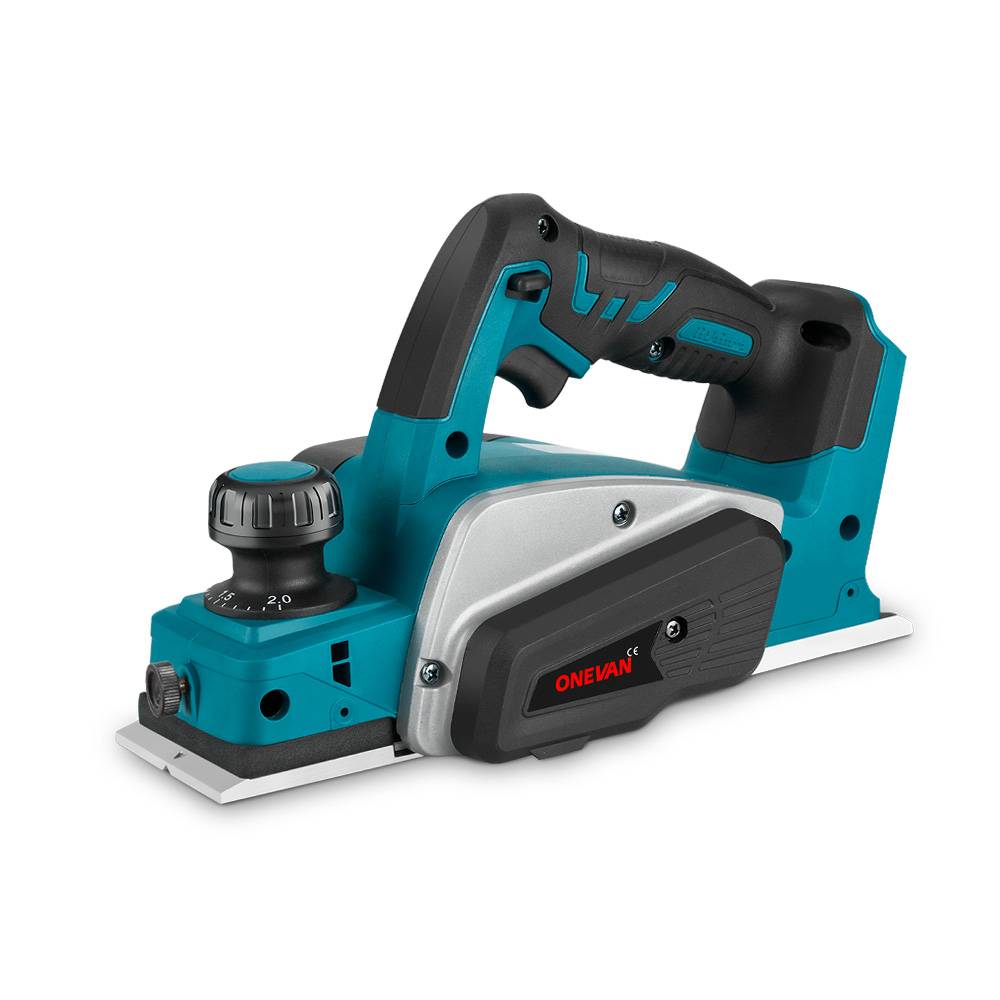1. Introduction
As the years go by, technological advancements are astonishing, especially with the introduction of the cordless blower, also known as the cordless leaf blower. The cordless blower helps clear leaves, dust, and debris, with the added benefit of no cords or fuel, making yard work and cleanup very efficient. Though such added features come with responsibility, the convenience of cordless or fuel-free operation means maintenance is key to keeping the cordless tool working efficiently for years. Care, in this case, means the tool's effectiveness, safety, and lifespan, and neglecting such maintenance will certainly prove counterproductive.
This article is meant to help those who rely on the cordless blower for leaf clearance and maintenance, as well as the battery blower user who needs easy-to-use, reliable, and durable blowers/batteries, make the best use out of their batteries with added battery care, protection for mechanical blinking bones, and proper storage with orderly used exteriors and control practices.
2. Battery Care and Maintenance for Cordless Blowers
Proper Charging Techniques
The most technical component of the cordless blower is the battery, which is also the most expensive part. Irregular charging can drastically reduce battery life. To keep the blower operating efficiently and effectively:
- Whenever possible, avoid allowing deep discharges. Also, do not overcharge or leave the battery fully charged for long periods.
- The battery should be charged to approximately 50% of its capacity and placed.
- Charge the battery to full after use, but do not leave it on the charger for longer than necessary; the charger is only needed for the blower. Additionally, if a long time is anticipated before its use, avoid the blower, charge the battery to a partial state of charge of 40-60%, and turn the charger off.
Battery Storage Best Practices
Batteries should not be left unattended for an extensive period; still, where and how the battery is kept is of the utmost importance:
- The battery should not be kept at extremely high or low temperatures; rather, an ambient range is more appropriate for the battery in question.
- The battery should be removed from the blower for long-term storage. Furthermore, the battery should be charged to approximately. 50% of its capacity, placed out of reach of the blower, in a dry, sanitary environment. The battery in question should be inspected periodically, and, if necessary, replenished.
- To ensure proper storage of the battery, avoid placing it in confined spaces with heavy objects and shield it from extreme moisture, sunlight, and other items that could cause corrosion of the terminals.
Battery Health Monitoring and Replacement
As with any consumable part, the battery will deteriorate over time. Monitoring the battery's condition informs users when it needs to be replaced.
- During normal use, the battery case may swell, abnormal heat may be emitted without a loss of charge, and the blower's performance may significantly decrease.
- Monitoring the time a battery can be used, and the total capacity can be tested. The time the blower is used in conjunction with a normal load should be noted. If the charge is full but the usage time declines, this indicates a problem with the battery's performance.
- In case the performance does not increase within an expected time, a new battery should be bought. The new battery should be ensured to match the blower in terms of voltage. Disposing of the battery in accordance with local regulations should be practised.
3. Maintenance of Motors and Internal Mechanical Parts for Cordless Blowers
Cleaning the Motor and Cooling Vents
Good motor operation depends on proper airflow and heat dissipation. Obstruction of airflow by dust and debris can shorten their lifespan:
- Cleansing dust and debris surrounding the motor is essential, with special attention given to the cooling vents.
- Safe dust removal methods include using soft bristles, dry air, or dusting after removing the batteries. Motors should never be serviced with wet cleaners.
- Inspect and clean the blower after every few uses in dusty environments, and at a minimum once a month in standard environments.
Lubrication of Moving Parts
Although many cordless blowers are sealed and require low maintenance, some internal moving parts may require occasional lubrication:
- Movable parts in need of lubrication can be fan bearings, fans in gearboxes (if present), and any rotating or slidable shafts.
- Manufacturer recommendations of used lubricants should be followed, and the most common are light machine oil or specialty grease used on outdoor power equipment.
- Lubrication should be conducted at prescribed intervals (e.g., every 6–12 months after heavy use), and the maintenance records should be updated accordingly. It is best to use lubrication conservatively, as excess can attract dust.
Detecting and Preventing Mechanical Issues
Mechanical wear will be overlooked until it becomes serious:
- Take precautions against potential bearing and gearbox wear. Noises that increase in volume (whines and grinds) and abnormal vibrations accompanying diminished airflow or power are indicators of trouble.
- Pay attention to the cooling of the blower to avoid damaging it from overheating. Overstressed and airflow-blocked units tend to develop strain and working stress.
- Upon noticing imbalanced vibrations or abnormal audible sounds, it is important to suspend tool utilisation and investigate the fasteners and motor mount from above. Inspect the fan blade assembly for foreign bodies, and refasten or replace parts as needed.
4. Cleaning and Care of Air Intakes, Nozzles, and Filters for Cordless Blowers
Keeping Air Intakes Clear
The efficiency of a battery blower operates under the crucial principle of free-flowing air:
- Obstruction of airflow is indicated by a reduction in blowing power, an increase in motor heat, or abnormal noise patterns.
- Cleaning involves getting close to the battery and using adhesive tape to sweep the base of the battery. One of the vents needs to be blown out of the unit first, without the battery in place. .
- Cleaning requirements differ significantly between areas that are highly dusty or filled with leaves and those used in moderate home garden settings, as effective cleaning relies on proper venting and airflow.
Nozzle Maintenance and Inspection
This component is responsible for directing mass airflow, which is why, along with the nozzle, it is constantly in contact with debris:
- Detaching a nozzle means any obstructions in the way of the tubes can be removed and airflow cleared, which leaves room for twigs and pine needles to help.
- Regular checks are needed for wear or damage, as a worn nozzle leads to a decrease in efficiency.
- Obstruction of airflow is signified by an absence of a cylinder, deformity, wear, or a form that can be cracked. Worn-down edges lead to recommended measures for change.
Filter Inspection and Replacement
A good number of cordless leaf blowers do not come with separate, user-replaceable filters, but many models include some form of filter or screening device:
- Check to see if your blower contains a filter.
- Filters with foam or breathable fabric/reusable mesh should be cleaned with the gentlest possible methods, like a vacuum, compressed air, or washing/drying if cleaning is permitted. If the filter is disposable or already damaged, change it.
- Any of the following: a marked decrease in the airflow, the machine overheating, or dust entering the motor cavity can be indicative of a clogged filter or a filter that is no longer working optimally.
5. Maintenance of Exterior and Controls for Cordless Blowers
Cleaning the Blower Exterior
External cleaning can help prevent dirt accumulation on delicate internal components:
- Cleaning Equipment: Durable cloth, preferably dry or slightly damp, weak soap solution (if necessary), do not use solvents, or high-pressure water.
- Restricted Areas: Moisture can be restricted from the battery compartment and the switches. Never rinse or spray water.
- Cleaning Schedule: Daily after use. In other conditions, at least once a month. The ideal is to quickly wipe after every job.
Switch and Control Panel Care
Controls have to be functional and safe:
- Inspect the dust and damage: Trigger, speed selector, battery release button, and control lockouts. Dust and loose debris should be removed.
- Cleaning: Dust can be removed using soft brushes or specialized compressed air tools designed for cleaning. Housings should not be opened unless necessary. The battery should be disconnected before cleaning.
- The trigger feels sticky: Check the battery and the switch housing. The switch assembly can be replaced.
Protecting Electrical Components
The blower cannot operate safely without proper protection for its electrical components:
- Periodic ruptures to the wire should be checked: The inspection includes cracks or loose connections of the wires.
- Ingress of water or dust should be controlled: The blower should be kept in a clean environment. Outdoor exposure and heavy rain should be avoided.
- Recommended storage: In case of long-term storage, the battery should be removed, and the unit should be stored in a place free of moisture, avoiding the placement of heavy items on top of it.
6. Storage and General Usage Tips for Cordless Blowers
Proper Storage Conditions
The storage methods used for your cordless leaf blower directly affect how long it lasts, as described below:
- Temperature and humidity: Leave in a cool and dry place without extreme heat, cold, or moisture.
- Storage Position: Leave the unit on the side, or it may be hung on hooks, as long as there is no heavy stacking on the blower or battery.
- Preparation for long-term storage: The blower must be cleaned, the battery charged to 40-60%, and then the battery must be disconnected and stored in a protective case or stored without the board separately.
Usage Best Practices to Prolong Life
Better use habits cut down on wear and use:
- Overuse and Overheating: Do not run at max speed for a long time without a break.
- Manufacturing guidelines: Comply with the cycles and policies.
- Regular Maintenance: Wipe after use, perform vent checks weekly, conduct a battery inspection monthly, and schedule a full service yearly.
Common Maintenance Mistakes to Avoid
Reducing lifespan with careless mistakes:
- Without periodic checks, small issues can develop and grow over time. These issues can potentially lead to significant damage or reduced performance over time.
- Damage to batteries or other electronic products may occur from using incompatible chargers or low-quality parts.
- Neglecting signs such as reduced runtime, strange noises, and rising temperatures can lead to severe damage and costly repairs.
7. Conclusion
Maintaining your battery blowers are crucial to providing dependable service for many years. Proper maintenance can also increase its useful life. Simple routines like battery maintenance, nozzle cleaning, safeguarding the blower's body, mechanical cleaning, and exterior maintenance ensure high performance and safety. Charge the battery judiciously, clean the blower regularly, monitor its condition, and it will serve you impeccably.
8. FAQs
How often should I clean and inspect my cordless blower?
After frequent use, wipe the exterior surface and inspect the vents, battery terminals, and nozzle weekly; for lighter use, perform these tasks monthly, and inspect every battery runtime and motor condition for six to twelve months for detailed inspections.
Can I use water to clean the blower?
No. Do not attempt to clean the blower body, motor, and battery compartment with water or liquid sprays. The blower is to be cleaned with a cloth, wiping only the exterior; the battery is to be removed before cleaning.
Do brushless motors require less maintenance than brushed motors?
There are fewer moving parts, and they have better thermal efficiency; therefore, yes. Though every blower still requires airflow clearance, battery protection, and control inspections for optimal long-term performance maintenance.
Tags:
cordless blower maintenance, cordless blower care, cordless leaf blower cleaning, blower battery tips, outdoor power tool maintenance, garden blower upkeep, cordless blower performance, blower cleaning guide, extend blower life, battery-powered blower tips

